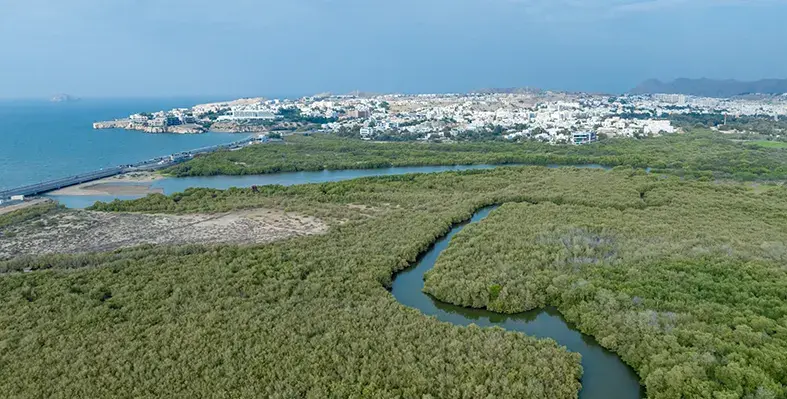Miro Cavkov, technical director – downstream & energy advisory, Euro Petroleum Consultants, addresses some of the safety challenges associated with hydrogen development
Hydrogen is widely regarded as the "fuel of the future," playing a critical role in global decarbonisation efforts. As industries transition toward cleaner energy systems, hydrogen is emerging as a versatile and efficient alternative fuel source. However, while hydrogen offers immense potential to transform energy systems, its unique properties require a heightened focus on safety during production, storage, and transportation.
Understanding and addressing these safety challenges are critical to realising the full potential of hydrogen in a sustainable and secure energy ecosystem.
Hydrogen is the most abundant chemical molecule in the universe, and as a fuel, it possesses many desirable traits: it is nontoxic, colourless, odorless, and highly combustible, enabling it to serve as a clean and efficient energy source. However, these same properties pose challenges when it comes to handling, storing, and transporting hydrogen safely. Its flammability, extremely low density, and small molecular size make it prone to leaks, which can lead to safety hazards if not properly managed.
In its natural state, hydrogen is relatively benign and is typically produced at low pressures (20–30 bar) with minimal associated risks. However, the real safety concerns arise post-production when hydrogen must be stored and transported. To ensure efficiency and profitability, hydrogen must often be compressed or liquefied, which introduces significant technical and logistical challenges.
As hydrogen becomes a key energy carrier for industrial and commercial applications, safe and effective storage and transport mechanisms are crucial. These methods vary depending on hydrogen's physical state (gaseous, liquid, or chemically bound) and the specific requirements of end users.
As the demand for hydrogen grows, technological innovations are emerging to address the safety and operational challenges associated with its use. For instance, advancements in materials science are enabling the development of hydrogen-compatible pipelines, storage tanks, and compression systems. Digital tools, such as real-time leak detection sensors and predictive maintenance algorithms, are further enhancing safety in hydrogen infrastructure.
Hydrogen safety is not a one-size-fits-all challenge. Each industry, company, and application must evaluate the most suitable approach based on specific operational requirements and risk profiles. Achieving safe and sustainable hydrogen systems will require a combination of innovative technologies, stringent safety standards, and cross-industry collaboration.
By addressing these challenges proactively, hydrogen can fulfill its potential as a cornerstone of the global energy transition, enabling industries to reduce their carbon footprint while meeting growing energy demands.
You can read the full article in the latest edition of Oil Review Middle East, at https://oilreviewmiddleeast.com/magazines/orme_2024_12_20/spread/?page=18









